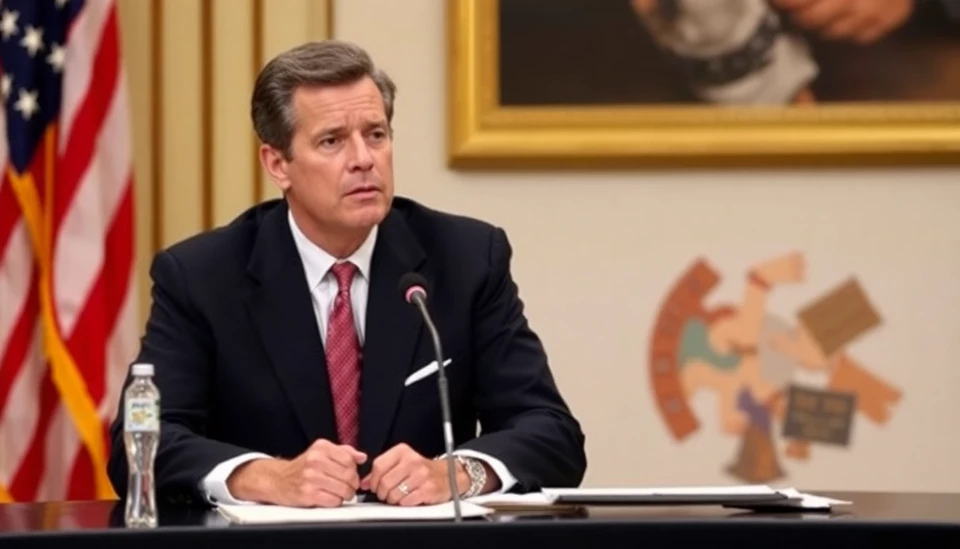
The prevalence of misinformation during crises has escalated into a significant issue across the United States, transforming natural disasters into arenas of confusion and disinformation. From hurricanes to wildfires, the way information is shared and consumed can drastically impact public response and safety.
Recent events have underscored the dangers of this phenomenon. For instance, during the catastrophic flooding in various regions, social media platforms became breeding grounds for misleading claims about evacuation orders and safety protocols. This misinformation not only deterred residents from seeking shelter but also created panic and unnecessary chaos. Individuals uncertain about the credibility of what they were reading online were caught in a bind—should they believe the officials or their friends’ posts. This crisis of trust is reaching alarming levels.
Comprehensive studies reveal that misinformation spreads much faster than accurate information, especially when it comes from sources perceived to be trustworthy. This speed can have dire consequences. During recent disasters, local officials have reported that they had to spend crucial hours debunking false information instead of focusing on effective emergency responses. Federal agencies are also grappling with how to best navigate this distorted landscape, as they realize the critical need to establish a clear and reliable communication strategy to counter misinformation.
Another troubling aspect of this issue is the growing trend of for-profit companies and individuals who intentionally spread false narratives, often for financial gain or political leverage. During recent wildfire outbreaks, several online entities used platforms to sell “miracle solutions” for fireproofing homes, overwhelming affected communities with unsolicited and baseless claims. This criminal misuse of information during vulnerable times is prompting calls for stronger regulations and accountability on the part of social media companies and information sharers.
The effects of misinformation extend beyond immediate danger; they can erode community trust in public institutions. Recipients of false information may become skeptical of genuine alerts from emergency management officials, leading to delayed evacuations or unpreparedness for impending disasters. Strikingly, communities that have faced repeated natural disasters are now observing changing demographics, as misinformation continues to influence decision-making and community cohesion.
Looking forward, experts emphasize the importance of public education on media literacy to combat the spread of misinformation. Engaging community members in discussions about how to discern reliable sources and encouraging vigilance when sharing information can help stem the tide of false narratives during disasters. Furthermore, collaborations between government agencies, non-profits, and tech platforms are essential in devising strategies to combat misinformation's hold during crises.
Those affected by misinformation share a collective hope for a more perilous time ahead, where they can rely on trustworthy communication channels that prioritize public safety and community well-being over sensationalism and divisive narratives. The path to reclaiming accurate discourse may be bumpy, but it is imperative if we hope to protect our communities in times of crisis.
#Misinformation #DisasterRelief #CommunitySafety #NaturalDisasters #TrustInMedia #MediaLiteracy #EmergencyResponse #SocialMediaDangers
Author: Peter Collins




